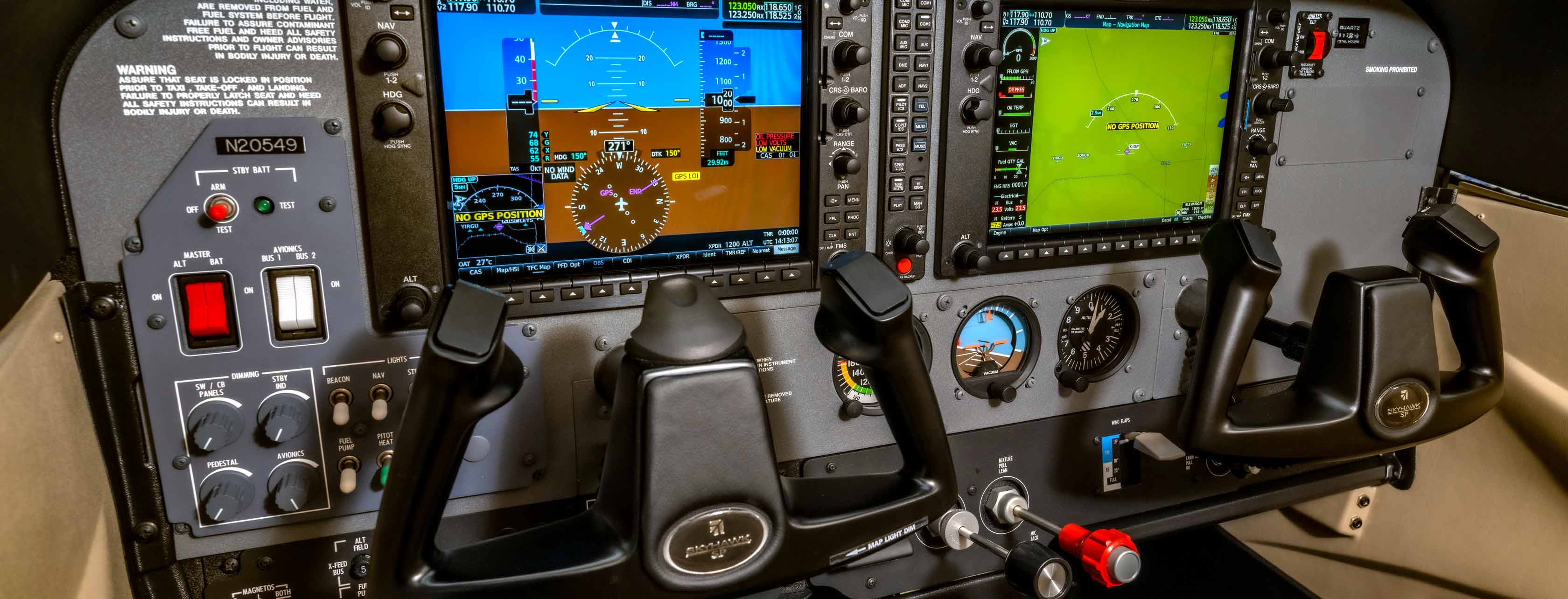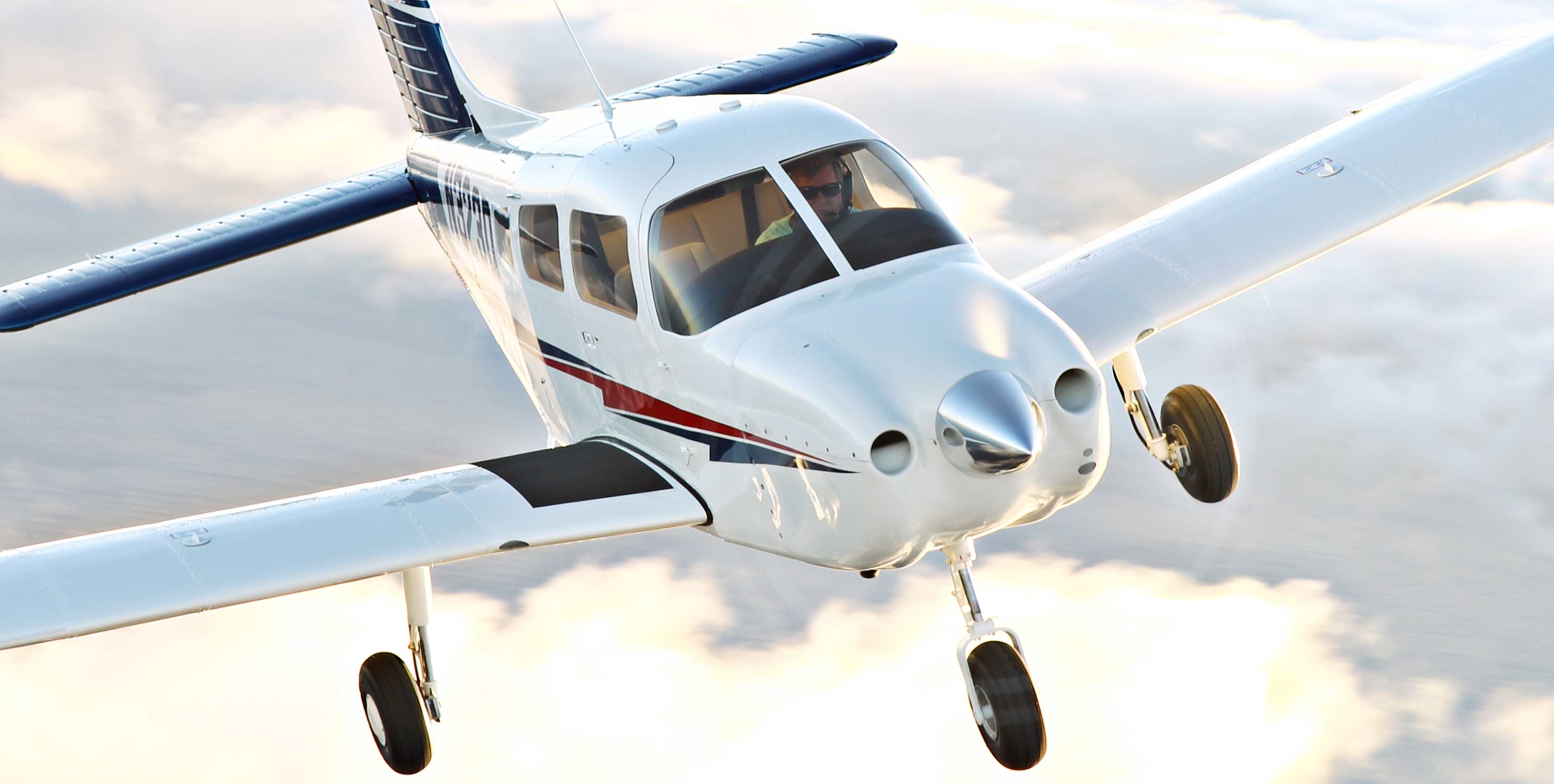VFR Versus IFRWhat Does VFR and IFR Mean in Flying?
Aircraft flying in the National Airspace System operate under two basic categories of flight: Visual Flight Rules (VFR) and Instrument Flight Rules (IFR). While many different types of flights occur under these two rules, every aircraft that leaves the ground will fall into one, or both, of these categories during the flight.
What Does VFR and VMC Mean?
Visual Flight Rules simply means that the aircraft is intended to operate in visual meteorological conditions (VMC, i.e. nice and clear weather). Clouds, heavy precipitation, low visibility, and otherwise adverse weather conditions should be avoided under VFR. Most general aviation flying and flight training occurs in visual meteorological conditions.
What Does IFR and IMC Mean?
Instrument Flight Rules implies that the flight may operate in instrument meteorological conditions (IMC, meaning cloudy or otherwise adverse weather conditions). However, many aircraft may operate under IFR while completing the entirety of the flight in VMC due to the efficiency provided by IFR flying as well as the safety of continuing to avoid bad weather. Just because you can fly in the clouds or less than acceptable weather under IFR doesn’t mean you should.
How Does VFR and IFR Affect Flying and Flight Planning?
While IFR provides efficiency, additional safety, and usually consistent contact with air traffic control, it requires that pilots follow an exact pre-determined/pre-planned flight route. Deviations are allowed in instances of emergencies, diversions, traffic and weather avoidance, but generally air traffic control expects you to fly the route and altitude you were given, called a clearance.
VFR flying, however, affords the freedom of flying any route and altitude you choose, barring specific airspace limitations. Aircraft flying under IFR, for example, can be directed through Bravo airspace, or even restricted airspace, without a specific clearance to do so. Flying under VFR, pilots must verify restricted airspaces are not active before entering, and receive specific clearance into the aforementioned Bravo airspace. VFR pilots also lose the inherent safety and traffic avoidance callouts from air traffic control when flying under VFR, even if they are receiving Flight Following, which is a little extra albeit unguaranteed help as air traffic control watches you on radar.
How to Choose Whether to Fly Under VFR or IFR?
Choosing whether to fly VFR or IFR depends on several factors, including;
- Equipment available on the aircraft
- Current and forecast weather conditions
- Goals of the flight
Pilots planning to practice maneuvers in the local area generally will remain VFR throughout the flight to maintain the flexibility required. Likewise, student pilots and their instructors will remain VFR when conducting cross country flights for the purpose of a private pilot certificate. General aviation enthusiasts flying for fun, such as for breakfast or lunch, or to take friends and family sightseeing, will often fly VFR. Pilots will also be limited to VFR if their aircraft is not equipped with the required equipment for IFR flight, or they do not hold the required instrument rating to act as pilot-in-command on an IFR flight plan.
Finally, some instrument rated pilots may not be current or proficient enough to operate under IFR, especially if the weather is not conducive to VFR flight. These pilots will either opt to fly VFR or wait for the weather to improve to within their personal minimums before challenging themselves to IFR flight in IMC conditions.


